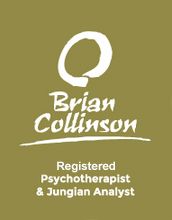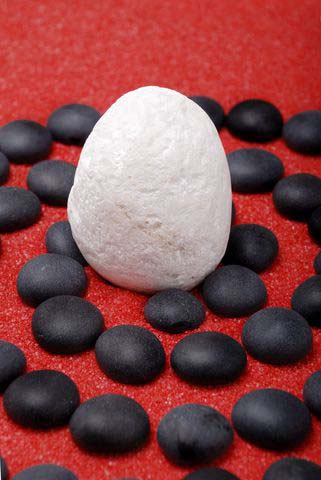
Jungian Therapy, the Self & the Christmas Tree
The symbol of the Christmas tree is quite unusual. For one thing, it's not at all clear how it fits into the traditional Christian narrative about Christmas. Who would think that the familiar Christmas tree is an ancient symbol of the Self?


